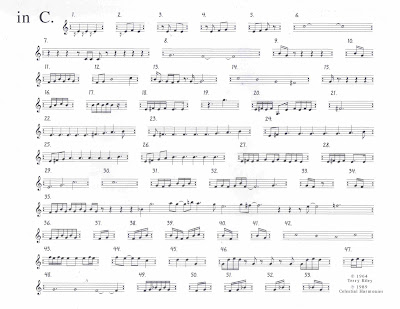IVO POGORELICH
Complete Recordings
Deutsche Grammophon 479 4350 (14CDs) / ****
It has been 36 years since the Belgrade-born pianist Ivo Pogorelich burst onto the scene after being eliminated in the semi-finals of the 1980 Chopin International Piano Competition.
Martha Argerich's famous walkout from the jury sealed his notoriety, which was further fuelled by his unconventional attire and provocative interpretations. He made 14 albums for the German yellow label from 1981 to 1995, all of which have been reissued here. A given with uncommon and unpredictable genius, his playing ranged from transcendental to outright perversity.
Begin with his “brave new world” debut all-Chopin recital, which includes a brisk, angular and unsentimental Second Sonata “Funeral March”. A must-listen is his Ravel Gaspard de la nuit, one of the best versions ever committed to disc, coupled with a blistering account of Prokofiev's Sixth Sonata, and excitable takes on Bach’s Secondand Third English Suites.
The downsides include an auto mechanic's view of Beethoven's last Sonata Op.111, a bloated Mussorgsky Pictures at an Exhibition, and a constipated Brahms recital. Also, how could anyone possibly make Ravel's Valses nobles et sentimentales sound this ponderous? In between there are illuminating views of Scarlatti, Haydn and more Chopin, which sound quirky at first but grows on one's further listening. Never boring for a second, here is an original from first to last.
PETER AND THE WOLF IN HOLLYWOOD
ALICE COOPER (Narrator)
National Youth Orchestra of Germany
Alexander Shelley (Conductor)
Deutsche Grammophon 479 4888 / ****1/2
In an effort to update Sergei Prokofiev's 1930s children's musical adventure to the present day, the American creative team of Giants Are Small have crafted a prequel set in Los Angeles of the 21stcentury. Peter is an orphaned Russian boy who moves to America to live with his hippie grandfather who is a gardener in a once-famous actor's Beverly Hills mansion. A wolf escapes from the zoo, gobbles down a school of ducks and sets Peter on his big game hunt.
The prequel takes up half the disc and includes a redundant episode where Peter builds a giant robot for his quest which breaks down anyway. It contains no new music, instead cleverly splicing together music by Wagner, Elgar, Zemlinsky, Satie and others before seguing into Prokofiev's iconic score.
The narrator is rock icon Alice Cooper (of heavy metal Alice Cooper Band fame), who is engaging in an easy, avuncular manner, regularly dropping words like “dude” and “cool”. The hunters of the original story are replaced by camera-toting paparazzi, and there are also American-styled radio news commentaries.
The young German orchestra is excellent and this version can be safely recommended for children's enjoyment wherever one comes from.




































